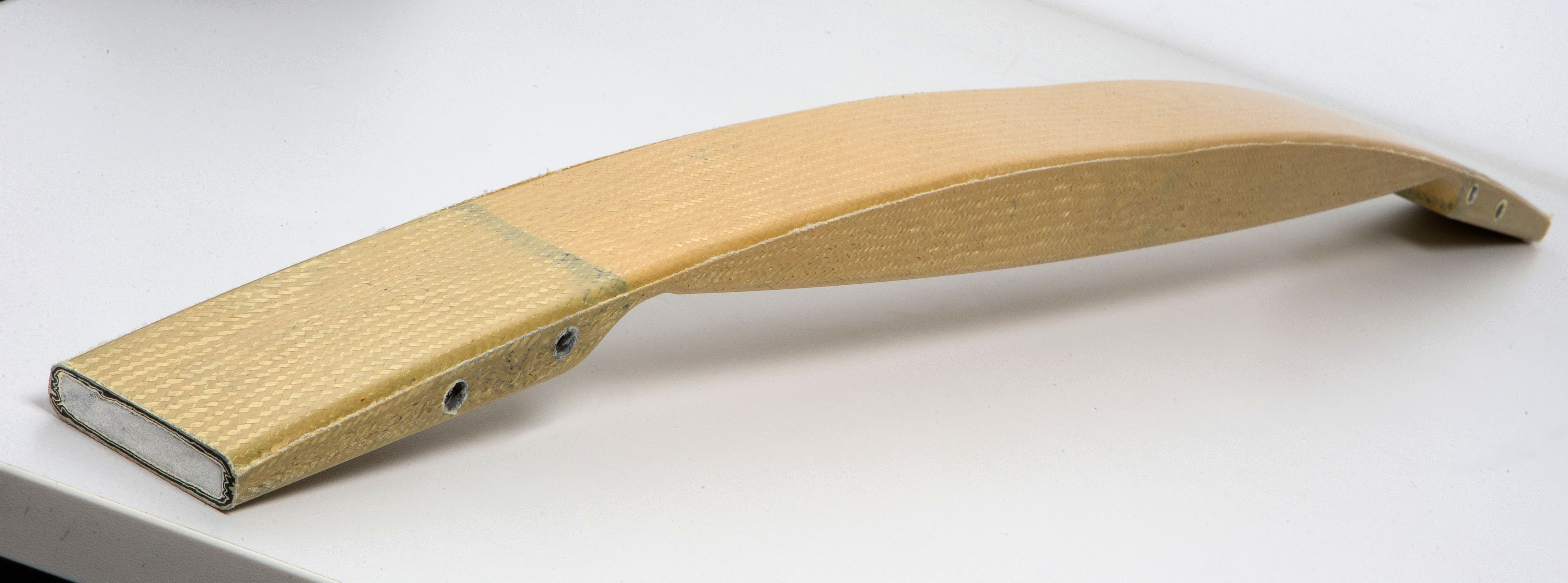
Evonik has developed a new method which could make it easier to mass produce complex fiber reinforced plastic molded parts for automotive at a lower cost. The new method combines compression molding and pultrusion to have automated, continuous production of composite parts. It makes use of the company’s Rohacell structural foam core, whereby fibers are woven around the core before being impregnated with resin. The complete system is then compressed into the desired shape at high temperature and pressure. The method allows manufacturers to produce complex geometries and integrate recessed areas for threaded components or other fixtures. Evonik says that the new process has improved design flexibility, cost efficiency and crash behavior and the parts are around 75% lighter than traditional steel structures. The PulPress method also reduces costs by up to 60% compared to composite parts manufactured using established methods such as resin injection. The process could also be applied in aircraft construction to produce larger numbers of carry-over parts. Lightweight sandwich cores are also becoming more and more important in sports equipment.
This story is reprinted from material from Evonik, with editorial changes made by Materials Today. The views expressed in this article do not necessarily represent those of Elsevier.




